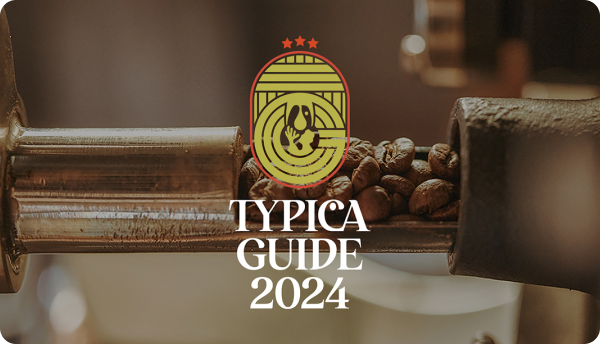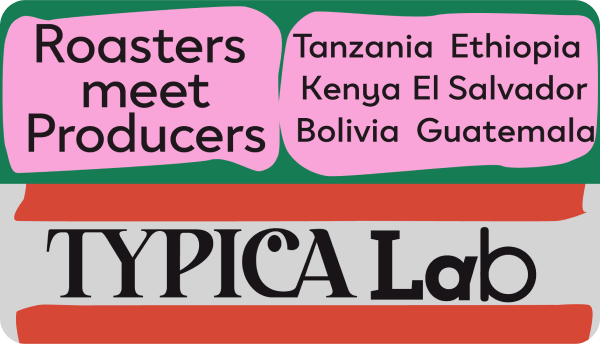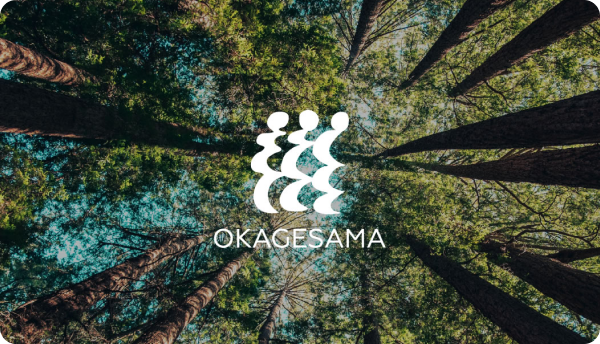

Bolivia’s coffee producers are not just the producers who have produced coffees for many generations. It seems that a new generation of producers is also starting to emerge. When you turn left at Mr. Carmelo’s farm and go further above, there is a newly-built milling facility. The group working there is called 4 Llamas (quatro llamas = four llamas).
The leading figures of the 4 Llamas are a young couple, Andres and Marita. Andres received a degree in Social Contributions at the University of Geneva in Switzerland and Marita studied Economics at the university in Switzerland. They were thinking of starting an NGO that deals with sustainability but they fell in love with the world of coffee and its fermentation along the way and decided to start the business in Bolivia. They met Mr. Carmelo through a friend two and a half years ago and built a mill next to his farm which is equipped with an egg-shaped fermentation tank that is used for making wine.
4 Llamas has been experimenting with fermentation by purchasing cherries from smallholders in Caranavi including from Mr. Carmelo. They believe that the reproducible fermentation techniques will improve the value of smallholders’ coffee.

Mr. Carmelo’s wife treated us to lunch. We sat around the table with Mr. Carmelo’s family, Andres, Marita, Juan, and their friends. The food was really delicious and we all asked for another helping. No matter where you go in the world, it is always true that a mother’s home cooking is always the best.
After lunch, we sat down in front of the egg-shaped fermentation tank and talked to Andres and Marita.

They stated, “We started thinking about founding 4 Llamas after an episode. When we lived in Honduras, there was a beautiful river and we were trying to swim in it but we were told that we can’t swim there because it is polluted with the water that comes from processing coffee. We believe that sustainability is not a trend but a necessity for humans to live on this planet.”
“We built the mill two and a half years ago and it was very difficult in the first year. When we planted coffee trees, it rained so hard and the seedlings were almost wiped out, and the machine we bought never arrived, so we had to borrow one from Mr. Carmelo. After that, it’s been constant experimentation.”



Marita stated, “I will explain the process of anaerobic fermentation in the fermentation tank. Once the cherries are harvested, they are checked for Brix (sugar content) and will be placed in the fermentation tank. The fermentation tank is covered with a lid and it removes air. In the oxygen-free state, only the lactic acid bacteria survive and continue to ferment which will result in creating consistent taste. I plan to try filling the tank with nitrogen and adding more lactic acid bacteria next year.”

“I am neutral in my opinion that the flavors produced by fermentation may cover the terroir. I enjoy exploring fermentation but I want to highlight the best parts of the varietals and not change them to taste differently. It’s a fermentation technique to express the terroir. Research on fermentation is advancing at a very fast pace and a different fermentation technique may be in fashion next year. We constantly need to get the updated information and experiment with it.”

“We are also working hard to build an ecosystem. We have been experimenting to see what kind of facilities make it richer and what kind of ecosystem works here for the past two and a half years. For example, the wastewater from the processing is acidic and if we discharge it directly into rivers, it will lead to environmental pollution. We mix lime with the wastewater to adjust the pH level and then use the water again for processing. We are also building poultry farms and planting citrus fruits to test the productivity level. The chicken droppings become fertilizer and the eggs and fruits become food for the local community. This is also an experiment of the ecosystem. We want to demonstrate to the farms that they can economically benefit from everything once it is arranged in a cycle.”

“We want to show smallholders who have good cultivation skills but no processing skills that they don’t need to build a big mill but they can make anaerobic coffee in buckets and anyone can make coffee that can be entered in the international competitions. Our purpose in building the mill is to continue to research here and pass on the knowledge that can be replicated by smallholders.”

Their experiments have the potential to improve the sustainability of coffee throughout the world. I believe that a new generation of people like them, who will shape the future, can be found all over the world.








